On the outskirts of Taichung City in Wufeng District lie the remains of Kuang-Fu Junior High School. On September 21st 1999 (921) at 1:47am, it was struck by a 7.3 magnitude earthquake that lasted 102 minutes and killed 2,415 people. 29 people are still missing.
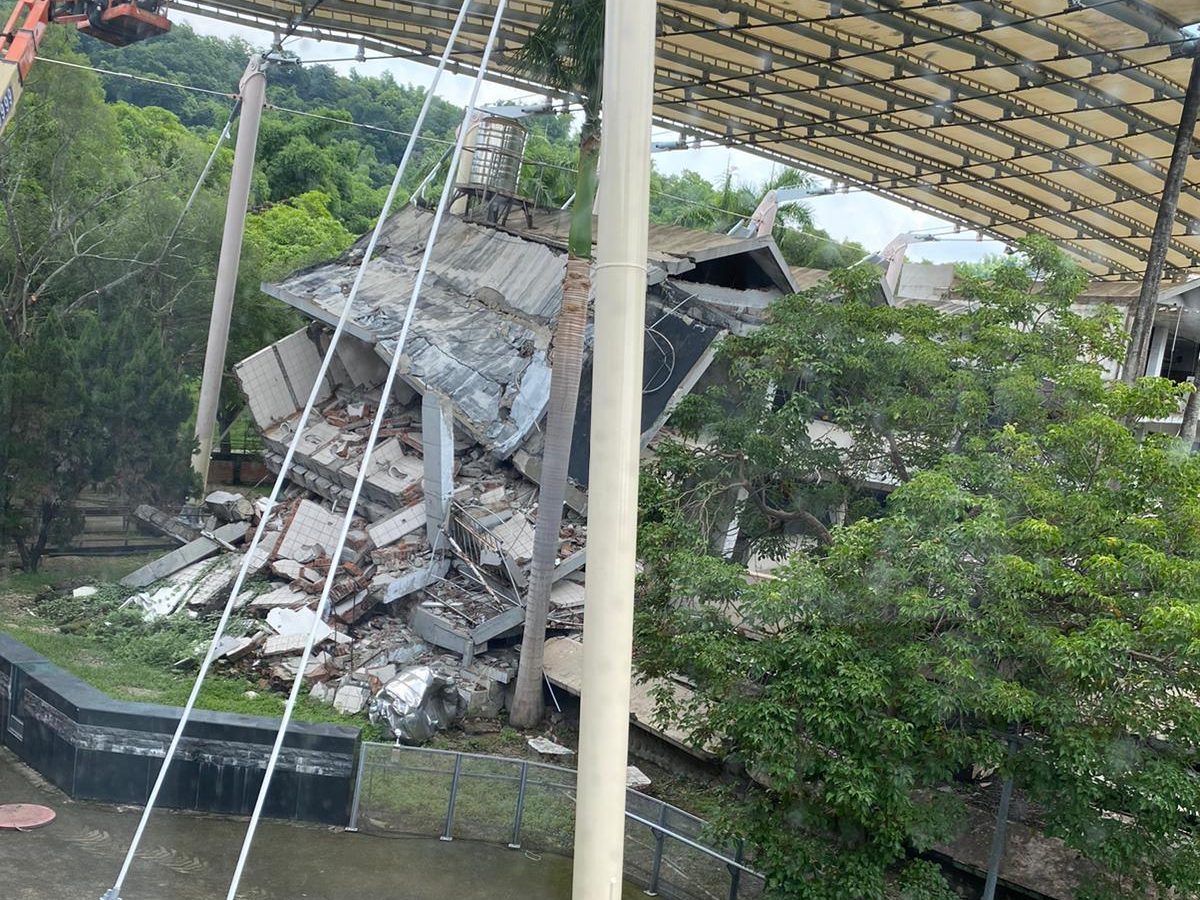
The Chi-chi earthquake, or 921 earthquake, was Taiwan’s worst in over a century. The severity of the earthquake even caused the Chelungpu Fault line, which runs down the west side of Taiwan, to rupture and lift upwards.
It was this that caused the collapsed school, the remains of which are still preserved at the 921 Earthquake Museum of Taiwan.
Main Features of the 921 Earthquake Museum of Taiwan
The National Musuem of Natural Science opened the 921 Earthquake Musuem of Taiwan on the 5th anniversary of the Chi-chi earthquake. Since its creation, this Museum has served as a key reminder and caution of what earthquakes can do, and the measures that should be taken to prevent such disaster occuring again.
These two aims are reflected throughout the 921 Earthquake Museum’s galleries and halls, which include:
- Chelungpu Fault Gallery
- Earthquake Engineering Hall
- Image Gallery (Earth Theater & Earthquake Experience Theater)
- Collapsed Classrooms and Buildings (Walking Route)
Chelungpu Fault Gallery

What first looks like a mound of dirt is actually the subsurface profile of the Chelongpu Fault, a fault line that runs from the west of Taichung down through the west of Nantou. It was the movement of this fault that caused 96km of surface fractures and, in many places like this school, forced the ground upwards.
This upwards force actually caused the land in this location to rise 1.62 meters, which visitors can see via the surface deformation on the athletics track. Shockingly, this wasn’t even the largest rise. About 28km north of where the 921 Earthquake Museum currently is, the ground rose an astonishing 9.8 meters high!

Alongside models and the running track, the Chelongpu Fault Gallery also offers interactive activities to educate visitors about the 921 earthquake. Learn how earthquakes are measured, how they produce energy, and how they impact the surface area.
–> FUN FACT: How powerful was the 921 earthquake?
The 921 earthquake released the same amount of energy as 46 Hiroshima atom bombs or 500,000 tons of TNT. It’s no wonder then that the 921 earthquake caused such significant damage as it did.
Earthquake Engineering Hall
The deadly 921 earthquake played a significant role in changing Taiwan’s earthquake-resistant construction policies. In this hall, visitors can see for themselves how important earthquake-proof construction is, and can even try making their own buildings!
Constructed in partnership with the National Center for Research on Earthquake Engineering, the hall offers interactive activities to simplify challenging concepts, such as the physics behind utilizing earthquake resistance technology.
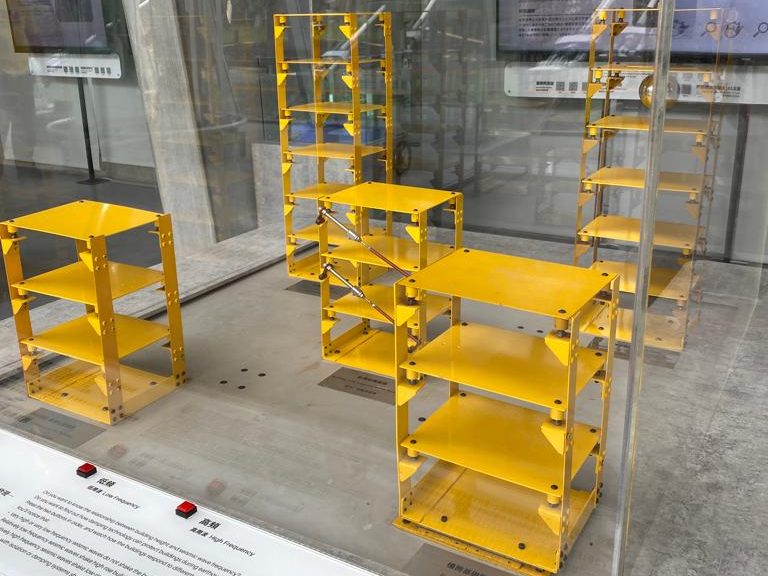
Image Gallery
Build atop what used to be the school’s activity center, the Image Gallery consists of two theaters where visitors can learn more about the science behind earthquakes (Earth Theater) and can experience an earthquake (Earthquake Experience Theater).
Earth Theater
Geared more towards children and families, this theater shows a cartoon that makes for an easier way to process fairly scientific information. Welcome to all ages, the theater offers a brief sit down – with air conditioning! – so it’s worth attending.
Shows start every half hour from 9:30am to 4:30pm, and there is a maximum capacity of 170 people, so make sure you time your attendance well.
Earthquake Experience Theater
With the help of underfloor simulators and projections, visitors to this theater will experience 2 different earthquakes:
- The 921 earthquake;
- The 921 earthquake, but with earthquake-resistant measures in place.
As you can probably expect, the two experiences are fairly different. And while there’s truly nothing to be scared about, it is recommended that pregnant women, and people with asthma, high-blood pressure, heart problems, or epilepsy, refrain from entering the theater.
The theater has a maximum capacity of 25 people, and there is sure to be a queue for it. If it seems too crowded, we recommend first going to the Earth Theater.
Collapsed Classrooms
Perhaps the most shocking part of the 921 Earthquake Museum of Taiwan is the area of Collapsed Classrooms and Buildings. With the walking route taking visitors right alongside and into the Collapsed Music Classroom and Collapsed South Classroom Building, you can really understand just how powerful the 921 earthquake must have been.
Poor construction of buildings was a key reason the 921 earthquake caused such significant damage to property. With construction companies often filling gaps with weak materials – even sometimes going as far as filling parts with trash! – to save on costs, it’s no wonder that such damage was caused.
Weaved into the visiting route is information about how these structures should have been constructed. For example, if the school didn’t have a fixed-base building then the impact of the 921 earthquake is unlikely to have been as severe as it was.
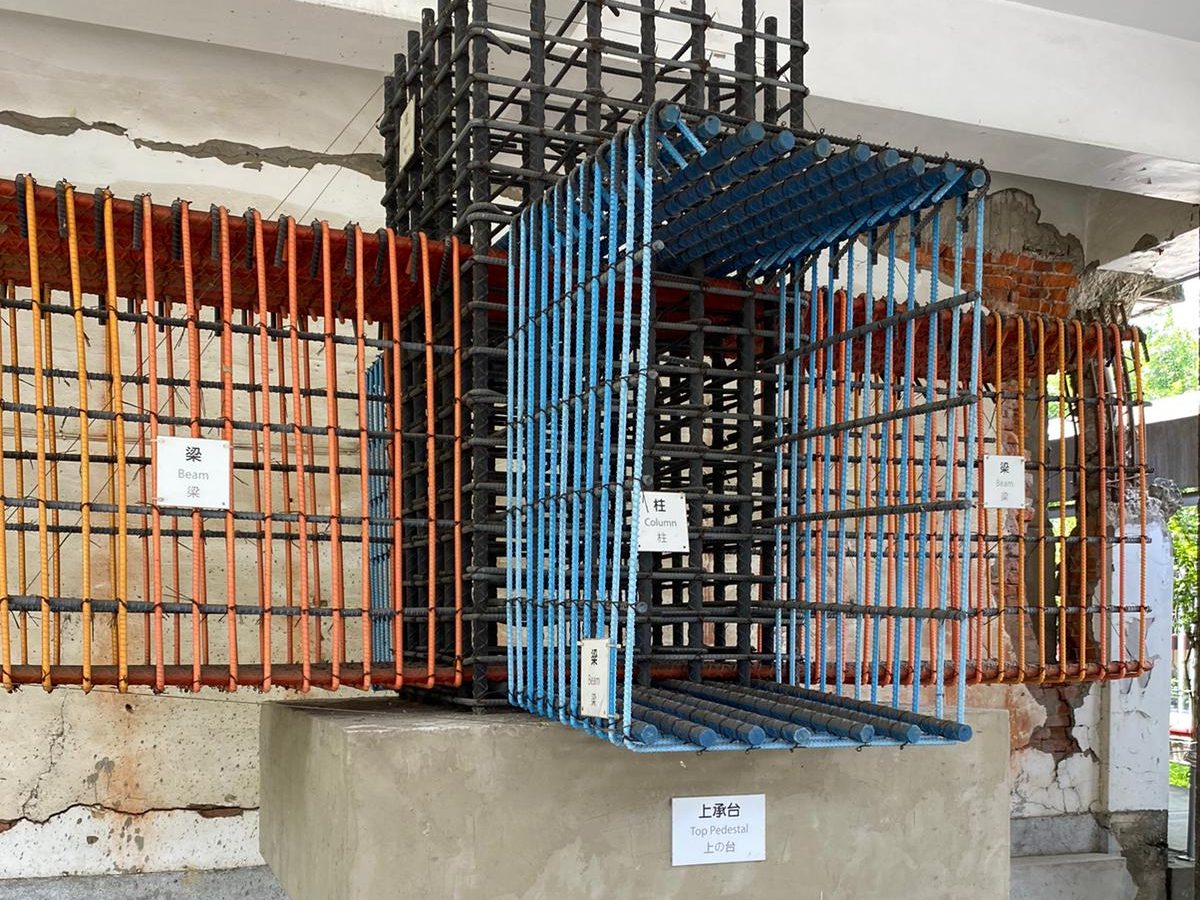
However, it is thanks to this disaster that Taiwan changed and implemented new policies to ensure prevention of similar catastrophic damage. Buildings constructed after 1999 all follow strict regulations with regards to earthquake-proof construction, and are comparatively much safer than pre-1999 buildings.
Final Words
The lessons learned from the 921 earthquake are unlikely to ever be forgotten.
In part a result of old and careless construction, the Chi-chi earthquake caused $300 billion NTD worth of property damage, roughly equating to $10 billion USD. Taiwan was able to rebuild, but the disastrous consequnces of this 1999 earthquake still remain a crucial reminder of the need for earthquake preventative design to be present in our daily lives.
And though there are new policies in place to reduce future chances of catastrophe, there are still many buildings in Taiwan that are not structurally sound. It is therefore the aim of the musuem to inform the public about earthquake safety and disasater prevention.
As a rather ominous yet gravely important reminder from the museum goes:
Chi-chi Earthquake was not the first earthquake caused by Chelungpu Fault. It will not be the last either.
921 Earthquake Museum of Taiwan
With that, we highly recommend you visit the 921 Earthquake Museum of Taiwan.
How to get to the 921 Earthquake Museum of Taiwan
Open Hours & Address
| Open hours: | Tues – Sun: 9am to 5pm. Closed on Mondays. Closed on Eve and first day of Chinese New Year. |
| Address: | No. 192, Xinsheng Rd, Wufeng District, Taichung City, 413004 (Maps). If facing issues with locating the museum, please insert ‘Fu Xing Elementary School’ into your GPS (this is located beside the museum). |
Transport Information
Bus
There are 3 Taichung City buses running from Taichung Railway Station (TRA) that can take you to the museum:
- No.50 → “921 Earthquake Museum” bus stop (240m from the museum)
- No. 107 / No. 201 → “Kengkou Village” bus stop (700m from the museum)
Car/Scooter
If you’re driving, there is paid parking by the museum. There is also free parking at a nearby park, but spaces are limited. This is applicable for scooters too.
Admission Information – Is the 921 Earthquake Museum of Taiwan free?
No, the 921 Earthquake Museum of Taiwan is not free, but it is super cheap! Ticket pricing is as follows:

Nearby Amenities
What to eat near the 921 Earthquake Museum?
While there are many places to eat just a quick drive away, there are limited options within walking distance to the museum.
If you’re not too keen on driving, there is one 7-11 located beside the museum, with another found further down Zhongzheng Road. There is also a McDonald’s about a 27 minute walk away.
On a non-scorching day, we recommend having a packed-lunch/takeaway and eating out on the athletic field, which is accessible without a ticket to the museum.
Related Places to the 921 Earthquake
Although the museum does include some scientific elements that pertain to the 921 earthquake, the Chelongpu Fault Preservation Park offers a more detailed look at the earthquake’s geological impact.
For our external readers not located in Taiwan that want to ‘visit’ the museum, Taiwan’s National Museum of Natural Science has a video about what you can expect to see available on Youtube.
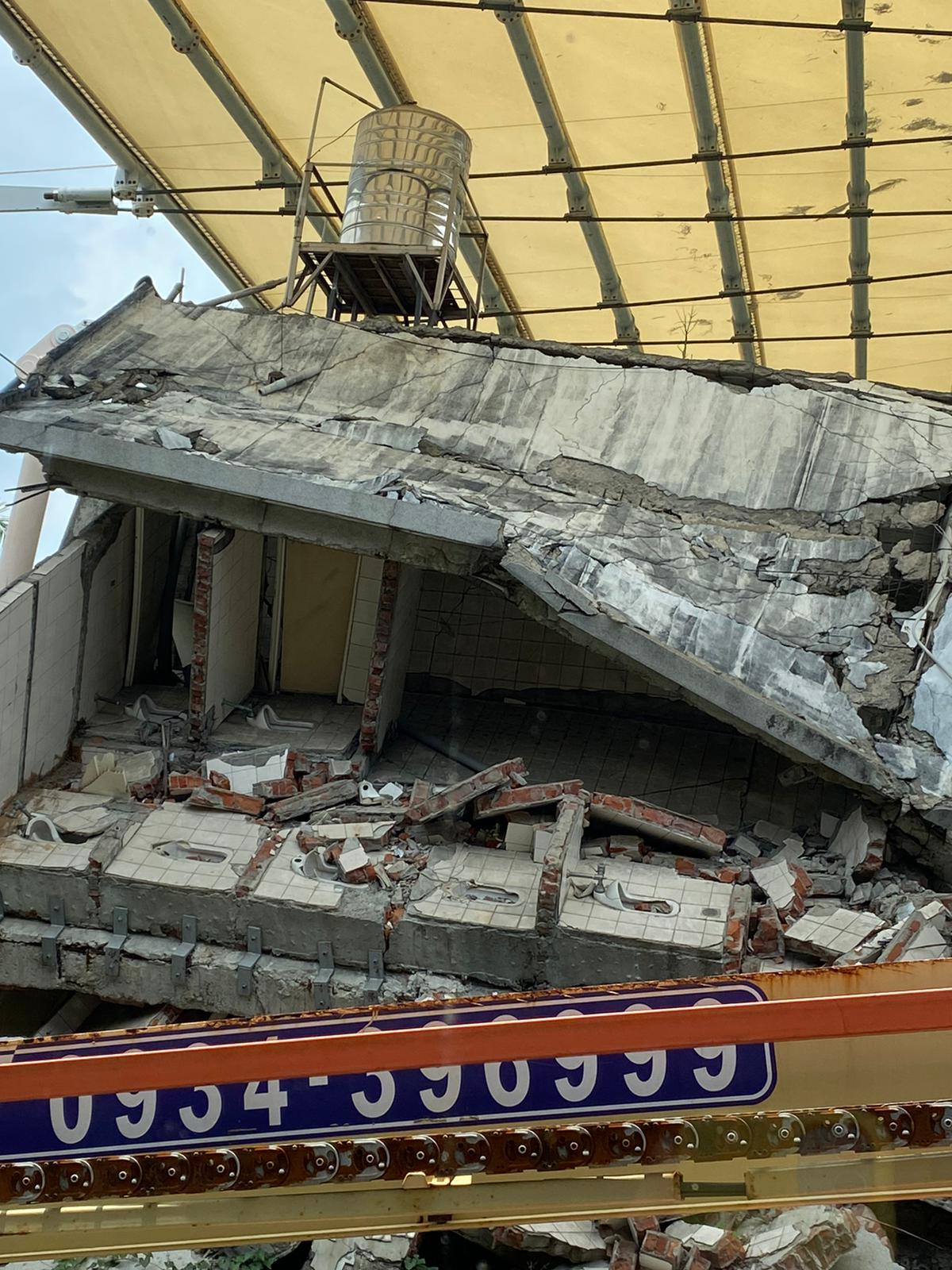
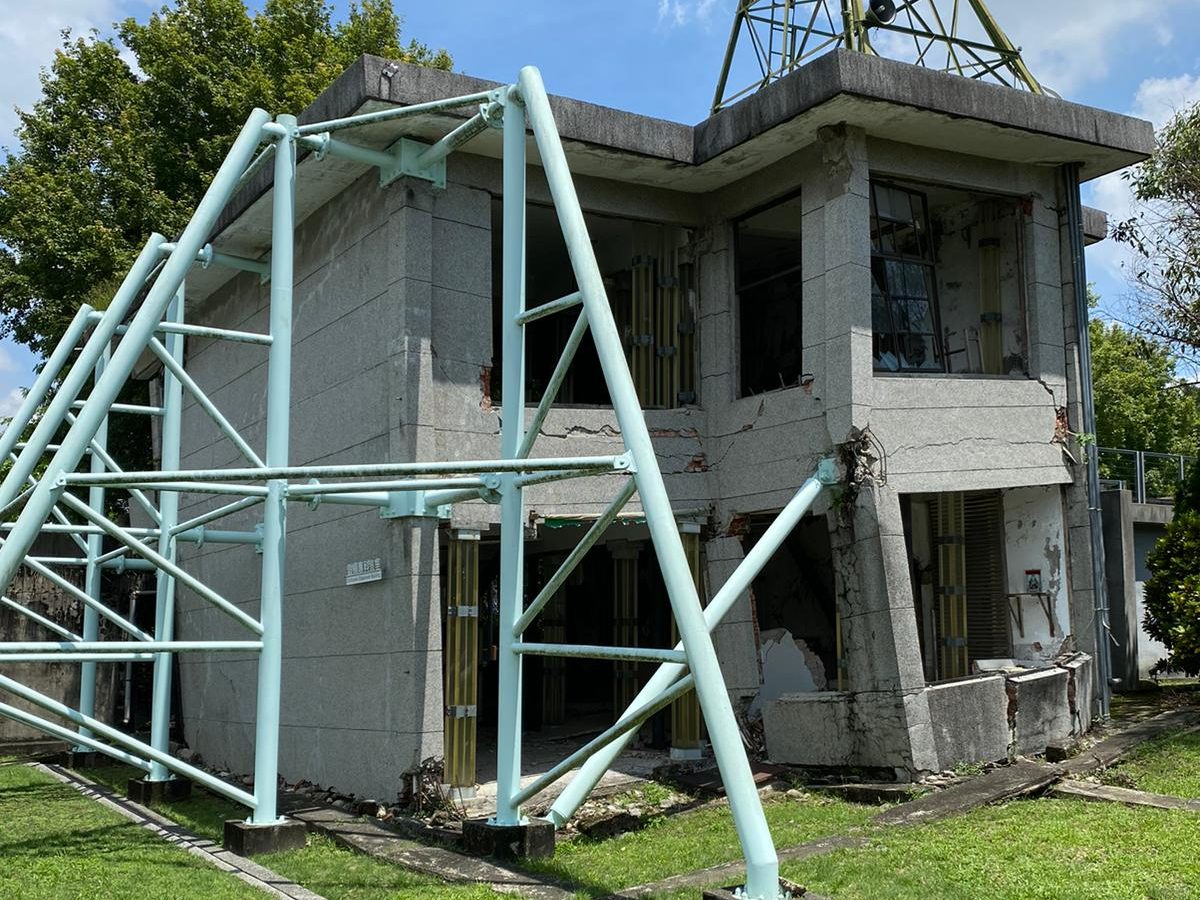


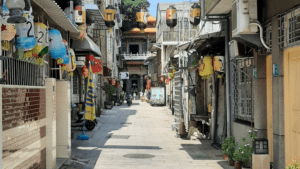
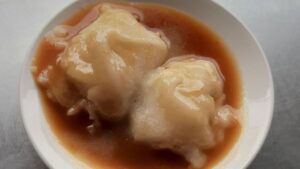
Comments
so much fantastic information on here, : D.
Pingback: How Do I Escape Taiwan's Summer Heat? Travel to Nantou! - CovertProfession
Pingback: Travel to Qingjing Farm - CovertProfession
Pingback: Travel to Xitou Forgotten Forest - CovertProfession